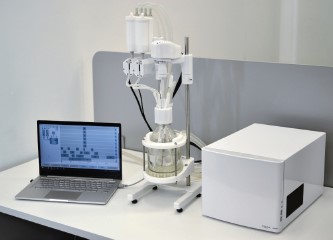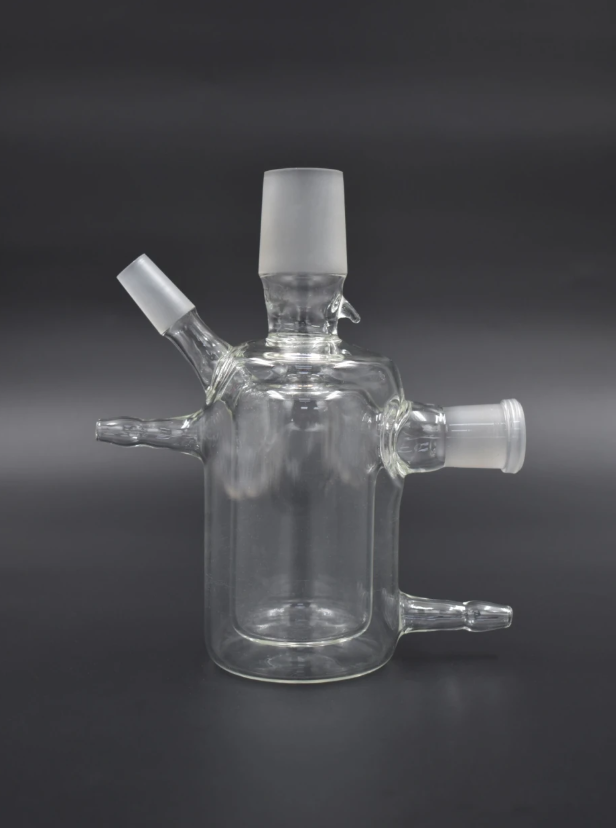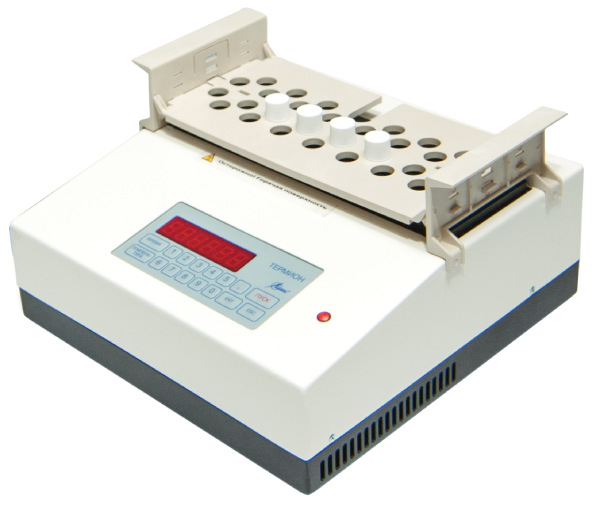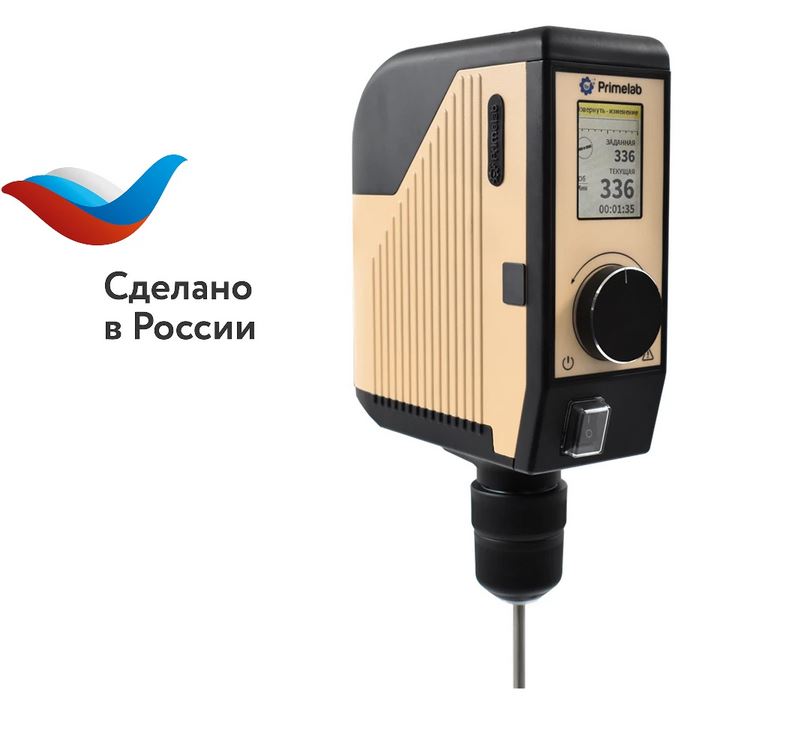Catalog
Search
3 products
View:
- Selected: 0Areas of use
- Selected: 1Item names
- Selected: 0Manufacturer
- Selected: 0Made in
- Selected: 0Additional
View:
3 products

CR-1B Reactor by Tetraquant
1 supp.
The CR-1B reactor is an automated chemical reactor with thermostat, stirrer and reagent management system. To control the reactor, specialized software is used (supplied with the reactor). This reactor may be of most interest for laboratory research for routine synthesis of nano/microparticles (e.g. vaterite), as well as experimental scaling tests with a view to further transferring it to production facilities.
TetraKvant
Moscow
Produced in: Moscow

Glass reactor RGPF II from Primelab made of borosilicate glass
The glass reactor RGPF II from Primelab is a laboratory device of a non-standard shape. The design contains several sections necessary to create the required conditions in laboratory processes. There are two side outlets, at the ends of which olives are provided for a reliable and durable connection to the equipment using soft hoses. The glass reactor RGPF II is a development of the Primelab company, which produces laboratory glassware and instruments to order according to the customer’s technical specifications. The conditions and terms of production depend on the volume of work.
Primelab
Mytishchi
Produced in: Mytishchi, Moscow region

Thermoreactor laboratory "TERMION"
1 supp.
Technical specifications:
Operating temperature range, °C 50 ... 175
The discreteness of the temperature setting, °C 0.1
Temperature setting accuracy, °C ± 2
Accuracy of temperature maintenance, °C ± 0.5
Time interval setting range from 1 min to 20 h 59 min
Time setting discreteness, min 1 Power consumption, V * A, no more than 450
The size of the landing nest (diameter x depth), mm 17 x 72
Number of landing nests, pcs 29
Overall dimensions, mm, not more than 300 x 300 x 120
Weight, kg, not more than 8
Lumeks
Saint Petersburg
Produced in: Saint Petersburg
